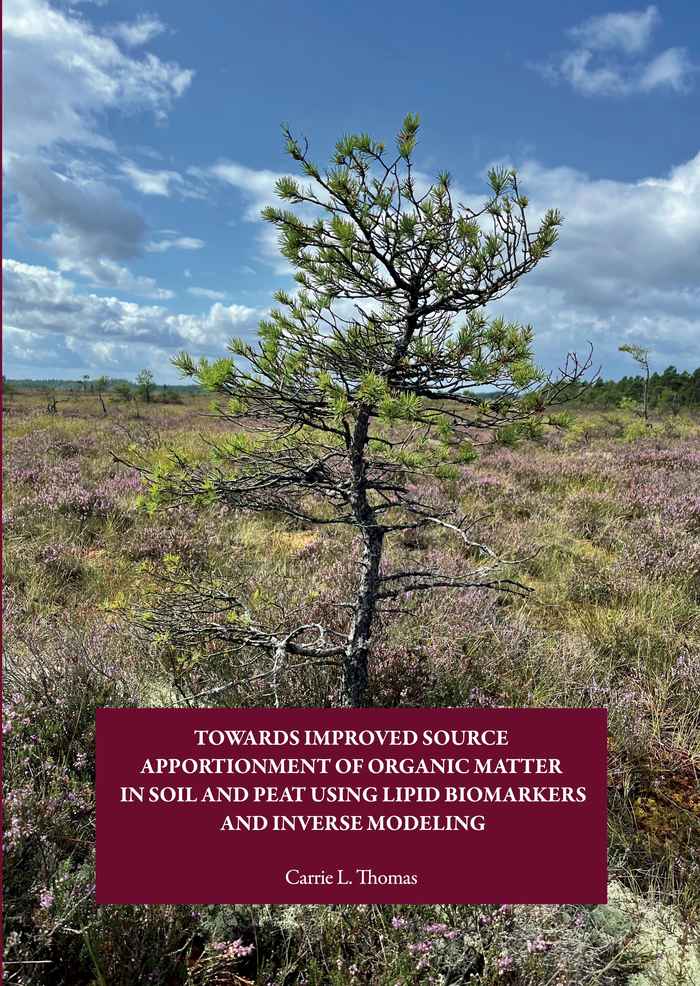PhD defence ceremony by Carrie Thomas
- Date
- 24 September 2024
- Time
- 16:00
- Location
- Agnietenkapel

Soil organic matter (SOM) is the largest terrestrial reservoir of carbon; however, there remain many open questions about its formation, degradation, and stabilization processes. Improving source apportionment of organic matter in terrestrial sediments may enable us to fill in current knowledge gaps. Although plant-derived lipid biomarkers are a small component of SOM, they have been used extensively as source indicators. These biomarkers originate primarily from protective waxes on plant leaves but can also be found to a lesser extent in woody tissues and roots. Their previous applications have primarily been more qualitative rather than quantitative and the work completed in this dissertation aimed to improve the rigor of plant-derived biomarker applications using the VERHIB modeling approach.
The VERHIB model was previously developed in MATLAB for using n-alkane and n-alkanol data to reconstruct vegetation patterns in soil and peat archives. There are many potential improvements that could be made to the model, which were explored in this dissertation. The results showed that, although processes such as degradation should definitely be considered when modeling biomarkers, there is a current lack of available data for systematically developing such parameters. This could be ameliorated by increased open access to study data as well as further experimental studies into the trajectories of biomarkers such as n-alkanols and n-fatty acids along the plant-to-soil continuum, as most available studies are limited to n-alkanes. Furthermore, the application of multiple biomarker classes in the model improves both qualitative and quantitative reconstructions by enabling more precision in comparing potential plant sources.
